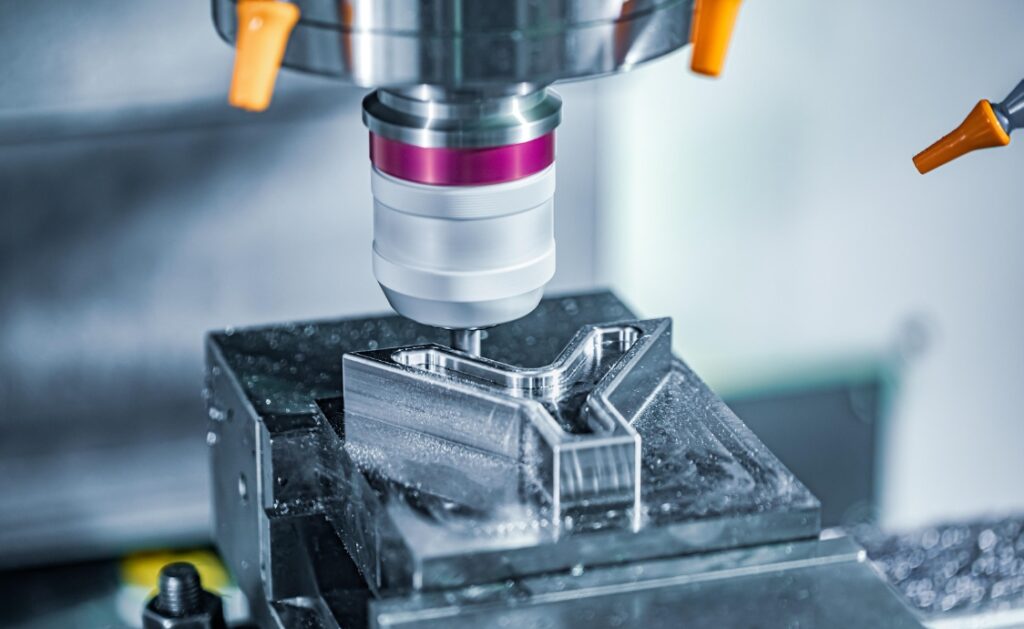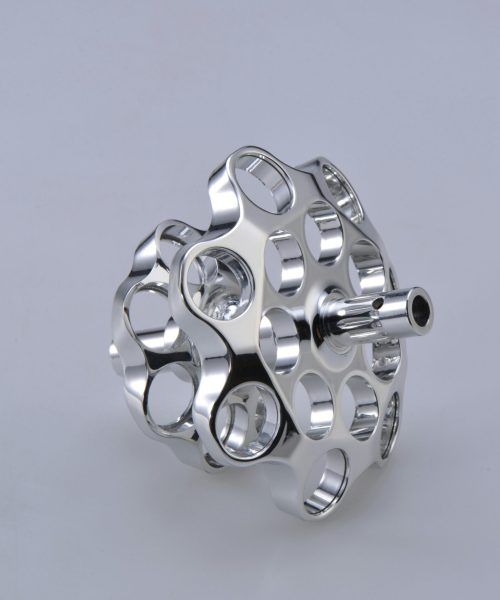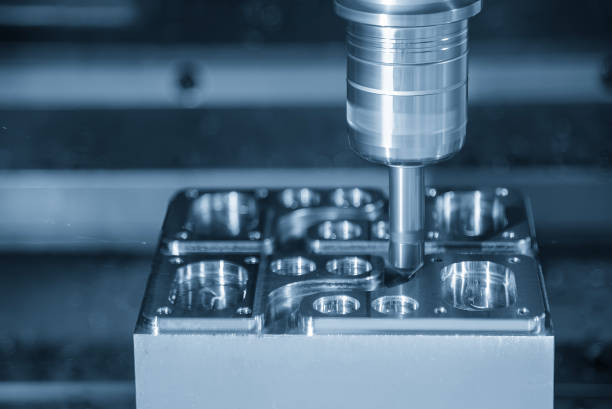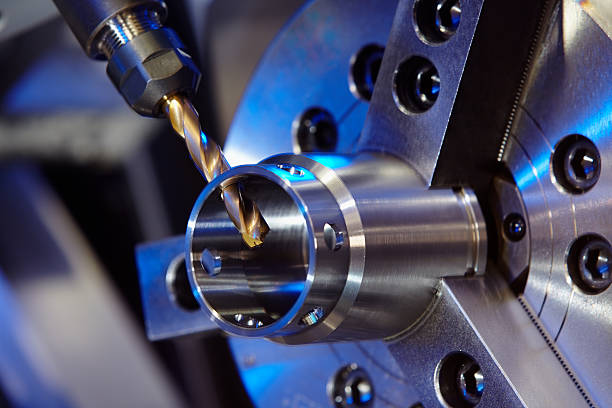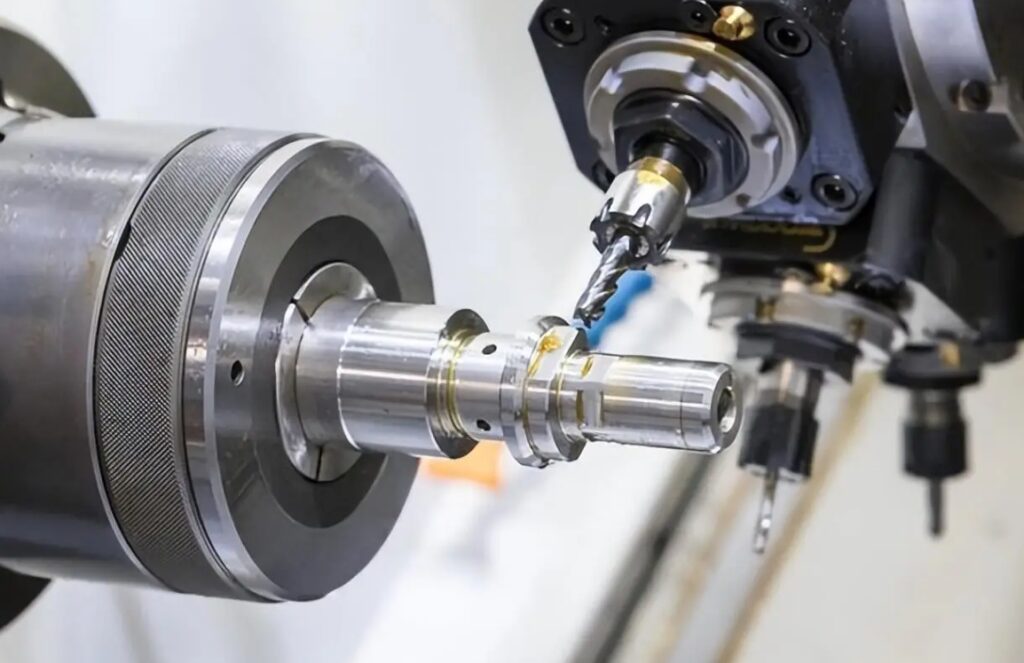In manufacturing, sanding plays a crucial role in determining the surface quality, aesthetics, and lifespan of a product. While traditional manual sanding is cost-effective, it is inefficient, difficult to control precisely, and often fails to meet the modern industrial demand for high precision and efficiency. With the rapid development of CNC technology in recent years, CNC sanding machines have become the go-to solution in modern manufacturing.
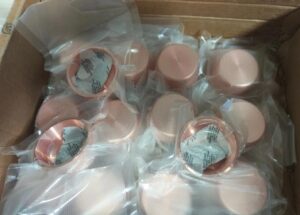
Introduction to CNC Sanding
Technology
1.1 Evolution of Sanding Technology
The journey from manual sanding to CNC-controlled processes represents a significant leap in manufacturing technology. Traditional sanding methods, while effective, were labor-intensive and time-consuming. The introduction of power tools marked the first step towards modernization, followed by automated systems, and finally, the sophisticated CNC sanding machines we see today.
1.2 Basic Principles of CNC Sanding
A CNC sanding machine utilizes computer numerical control technology, where the sanding process is precisely controlled through programming. The system typically consists of:
- A computerized control unit
- Multiple axes of motion
- Various sanding tools and attachments
- Automated material handling systems
- Dust collection and safety systems
1.3 Components of Modern CNC Sanding Systems
Modern CNC sanding machines incorporate several sophisticated components:
- High-precision motors and drives
- Advanced sensor systems
- Real-time monitoring capabilities
- Intelligent control algorithms
- Multiple tool changing systems
Advantages of CNC Sanding Technology
2.1 Efficiency Improvement
CNC sanding machines can automate the sanding process, significantly boosting productivity. Key efficiency factors include:
- Reduced processing time
- Continuous operation capability
- Minimal setup time between jobs
- Optimized tool paths
- 减少材料浪费
2.2 Precision Control
The precision advantages of CNC sanding include:
- Micron-level accuracy
- Consistent pressure application
- Uniform surface finish
- Complex contour following
- Multiple-axis coordination
2.3 Repeatability and Quality Assurance
Benefits in terms of repeatability include:
- Identical processing parameters
- Consistent surface finish
- Minimal variations between products
- Documented quality control
- Traceable processing history
2.4 Flexibility and Customization
Modern CNC sanding systems offer:
- Quick changeover between different products
- Multiple tool options
- Programmable processing parameters
- Adaptive control systems
- Integration with CAD/CAM software
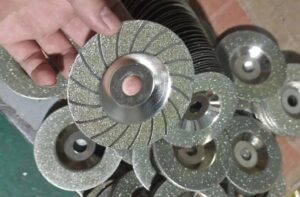
Technical
Aspects of CNC Sanding
3.1 Machine Configuration
Common configurations include:
- 3-axis systems for basic surface processing
- 5-axis systems for complex geometries
- Gantry-style machines for large workpieces
- Robotic systems for flexible applications
- Specialized machines for specific industries
3.2 Control Systems
Modern control systems feature:
- Real-time processing capabilities
- Advanced motion control
- Multiple program storage
- Network connectivity
- Remote monitoring options
3.3 Tool Management
Tool management systems include:
- Automatic tool changers
- Tool wear monitoring
- Life cycle tracking
- Optimization algorithms
- Preventive maintenance scheduling
Applications in Various Industries
4.1 Automotive Industry
Applications include:
- Body panel finishing
- Interior component processing
- Engine part preparation
- Trim piece finishing
- Custom modification work
4.2 Aerospace Industry
Key applications:
- Turbine blade finishing
- Structural component processing
- Interior panel preparation
- Composite material finishing
- Specialized coating removal
4.3 Furniture Manufacturing
Common uses:
- Panel processing
- Edge finishing
- Curved surface preparation
- Custom design execution
- High-volume production
4.4 Medical Device Manufacturing
Critical applications:
- Implant finishing
- Surgical instrument preparation
- Medical device housing
- Precision component processing
- Specialized surface treatments
Advanced Features and Technologies
5.1 Intelligent Processing
Modern features include:
- Adaptive feed rate control
- Real-time surface quality monitoring
- Automatic tool path optimization
- Process parameter adjustment
- Quality verification systems
5.2 Integration Capabilities
Systems can integrate with:
- Enterprise resource planning (ERP) systems
- Manufacturing execution systems (MES)
- Quality management systems
- Inventory control systems
- Maintenance management systems
5.3 Safety Features
Advanced safety systems include:
- Emergency stop systems
- Light curtains
- Safety interlocks
- Dust collection systems
- Operator protection barriers
Economic Considerations
6.1 Investment Analysis
Factors to consider:
- Initial equipment cost
- Installation expenses
- Training requirements
- Maintenance costs
- Return on investment calculations
6.2 Operational Costs
Ongoing expenses include:
- Energy consumption
- Consumable materials
- Maintenance and repairs
- Operator training
- Software updates
6.3 Productivity Benefits
Measurable benefits include:
- Reduced labor costs
- Increased throughput
- Improved quality
- Reduced waste
- Enhanced capability
Future Trends and Developments
7.1 Technological Advancements
Emerging technologies include:
- Artificial intelligence integration
- Machine learning capabilities
- Advanced sensor systems
- Internet of Things (IoT) connectivity
- Cloud-based control systems
7.2 Industry 4.0 Integration
Future developments include:
- Digital twin technology
- Predictive maintenance
- Real-time process optimization
- Data analytics integration
- Remote operation capabilities
7.3 Sustainability Considerations
Environmental aspects include:
- Energy efficiency improvements
- Waste reduction systems
- Sustainable material processing
- Environmental monitoring
- 绿色制造实践
Implementation Considerations
8.1 Planning and Installation
Key steps include:
- Requirement analysis
- Space planning
- Infrastructure preparation
- Installation scheduling
- Operator training
8.2 Training and Support
Essential elements include:
- Operator training programs
- Maintenance training
- Programming instruction
- Troubleshooting guidance
- Ongoing technical support
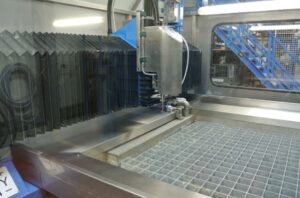
8.3 Quality Management
Important aspects include:
- Process validation
- Quality control procedures
- Documentation systems
- Compliance requirements
- Performance monitoring
结论
CNC sanding technology represents a significant advancement in manufacturing technology, offering unprecedented levels of precision, efficiency, and consistency. As technology continues to evolve, we can expect to see even more sophisticated systems that further push the boundaries of what’s possible in surface finishing and material processing.
The future of CNC sanding lies in increased automation, enhanced intelligence, and greater integration with other manufacturing systems. As industries continue to demand higher quality and efficiency, CNC sanding will play an increasingly important role in modern manufacturing processes, contributing to the ongoing industrial revolution and the advancement of manufacturing technology.

